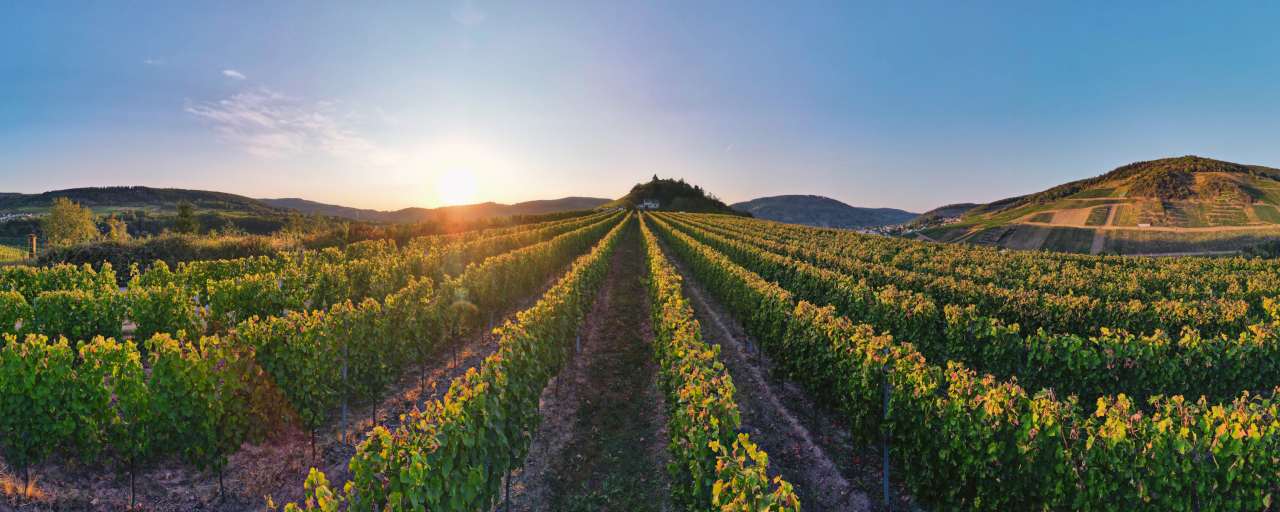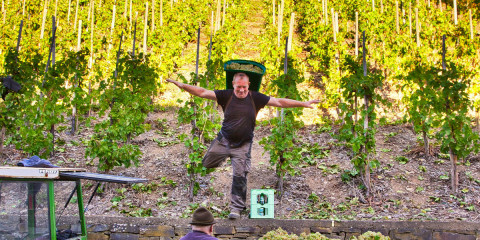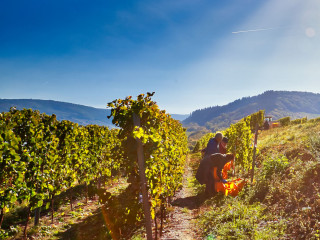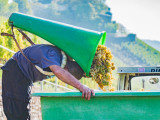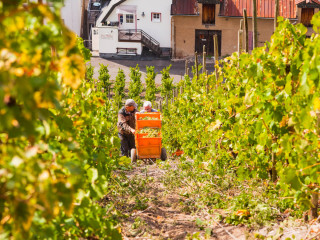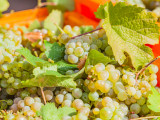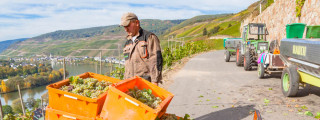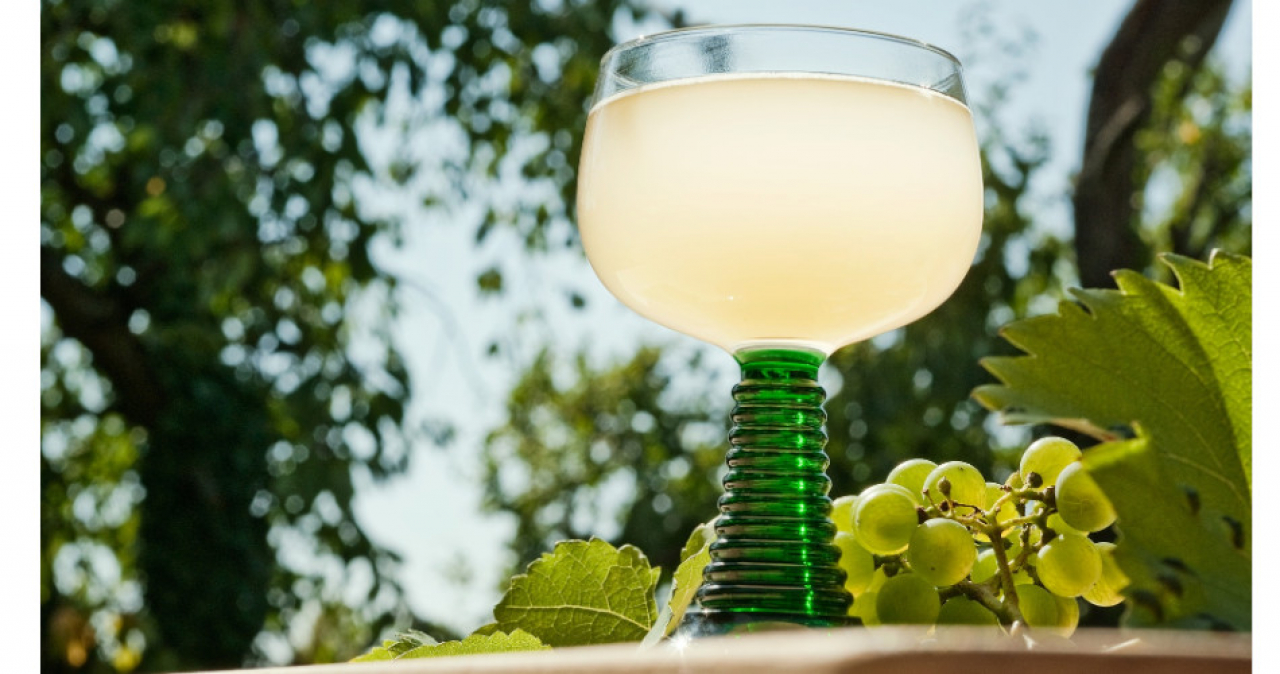Interesting facts about the wine from Zell
The Moselle makes its way through narrow valleys, along steep slopes and past romantic wine villages, castles and palaces until it finally flows into the Rhine in Koblenz. Here, where Celts and Franks left their traces and where the Romans settled more than 2,000 years ago, you will walk in the footsteps of an impressive past and a great wine-growing tradition. The Moselle wine-growing region (formerly "Mosel-Saar-Ruwer") is the fifth largest of the 13 German wine-growing regions with a vineyard area of approx. 9,000 ha and many million vines. The winegrowers on the Moselle, and thus also in Zell, are true Riesling specialists and produce unique, fine and fruity wines that justifiably have a world reputation. The wines from the Zell vineyard "Zeller Schwarze Katz" are known nationwide and are a real export hit.
Riesling is the dominant grape variety in Zell (Mosel) and also in the entire Mosel wine-growing region. Of course, other grape varieties are also cultivated in addition to Riesling. These include Müller-Thurgau, Elbling, Kerner or Bacchus. The Moselle also offers ideal growing conditions for red grape varieties such as Dornfelder and Spätburgunder. As is the case throughout the Moselle, steep slope cultivation in Zell is very time-consuming and labour-intensive, as it requires a great deal of manual work. In addition to steep and escarpment vineyards, our growing region is characterised by its sunny climate and slate soils, which shape the wines and give them a very special note.
On this page you will find some information on the quality levels and can read up on technical terms in the "wine lexicon". We also recommend the "Pissamann" wine trail in the district of Merl, where you can find out all kinds of information about the work in the vineyard and the grape varieties on a total of 15 panels. Information on this can be found on the website of the Merler Weinfreunde.
